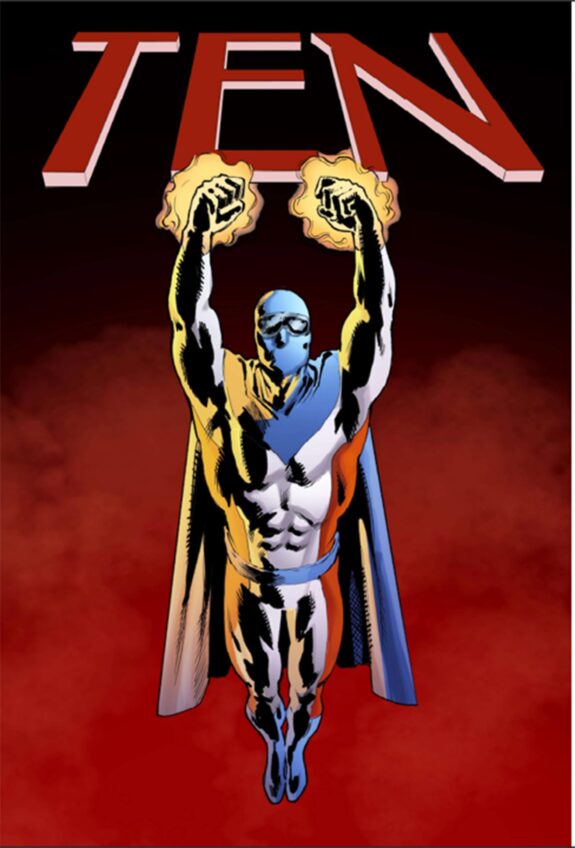There is a moment just before “The Gibson Girl” breaks for intermission when the play’s intricate pieces click into place, and you can just feel the audience get it as things gel.
Piece by piece: Teenage twin sisters Valerie and Win have been arguing in a school bathroom stall. Their mother Ruth has been consulting a psychic who warns of a coming barrage of tap dancing shoes. Ruth’s sister, Thelma, is pursuing a younger man through a series of thrift store encounters. The younger man’s own sister, Nia, has just installed her seventh smoke detector in her apartment. And somehow, the twins’ father and Nia’s next-door neighbor share a theoretical admiration for blackness as both physical and cultural concepts.
It’s a lot of action for a space the size of the Plaza Theatre at the Boston Center for the Arts. But an ingenious stage design clearly delineates a postage stamp-sized area for each location: a swinging stall door for the bathroom, a dimly lit psychic’s table, and a cross-section of two apartment entryways, with a wall separating Nia from her neighbor.
Playwright Kirsten Greenidge notes that the play, making its Boston debut in a production by local group Company One, is ultimately about family — what constitutes a family and how to repair one if it falls short of idealistic expectations. Consequently, the action focuses on the twins, their mother and her quest to bring their father home so that they will “be a family” again.
Not afraid to capitalize on the cutting generational commentary of which all teenagers are capable, Greenidge gives Valerie and Win an exchange that questions the value of the hunt for a good man.
“If Mom wants a man, she should just read Cosmo like everyone else,” says Company One newcomer Brittany Lang, a simultaneously innocent and savvy Win.
“Mom wants a black man,” replies her exasperated sister Valerie, played by fellow Company One first-timer Nyla Wissa. “Cosmo doesn’t tell you how to get black people. She should read Essence or Ebony.”
A strong cast of characters underpins Greenidge’s play, hovering at the periphery of the plot and biding their time until it becomes apparent that they all play crucial parts in Ruth’s rapidly unraveling past.
Like Lang and Wissa, many “Gibson Girl” cast members are also making their first Company One appearance, and their diverse backgrounds add complexity to the nuances of the play.
Michelle Dowd, a banker by day, brings an executive mien to her turn as Ruth, the twins’ perfectionist mother. As the agora-and-everything-else-phobic Nia, Valencia Hughes-Imani reaches out to her emotionally troubled neighbor with a forthright patience that calls to mind the imperturbability of an experienced schoolteacher — which, as a teacher in the Boston Public Schools, she is.
Greenidge, who says that she tends to “write characters that are very quirky and a little bit hard to understand,” adds that key rewrites for the Company One production involved making sure “the characters were recognizable and identifiable in a way that we could see some sort of humanity in them, even if they are crazy and whacked out, which they are.”
This empathy for the play’s characters rises rapidly to the surface in the moments before intermission, as incomprehensible quirks evolve into endearing traits. The transformation is most apparent in Thelma, Ruth’s loud and eccentric sister, played in a tour-de-force performance by Valerie Stephens.
The veteran actor returns to the Boston stage with gusto, investing Thelma not only with plenty of bravado, but also a dash of tender care for both her nieces and for the thrift-store-shopping young man that she repeatedly meets.
It is appropriate that the pieces of “The Gibson Girl” begin to come together as they gather momentum for the second half: The mystery Greenidge has created must eventually be resolved, after all.
Indeed, it concludes in thrilling yet poignant fashion, as the conventional notion of family runs smack into ideas about race and gender, a collision that produces neatly spectacular results.
But part of the sentiment that lingers after the curtain call is still a sense of the mystery and stupefaction cultivated by the play’s earlier moments, when the pieces didn’t yet fit. This, however, is arguably the strongest effect of “The Gibson Girl” — reminding the audience that the best thing about family is that it doesn’t always make sense.
“The Gibson Girl” runs through April 5 at the Plaza Theatre at Boston Center for the Arts, 539 Tremont Street, Boston. Tickets range from $15-$30.
For show times and tickets, call 617-933-8600, visit www.bostontheatrescene.com, or purchase them in person at the Calderwood Pavilion at the Boston Center for the Arts, 527 Tremont Street, or the Boston University Theatre Box Office, 264 Huntington Avenue.
For more information, visit Company One’s Web site at www.companyone.org.






